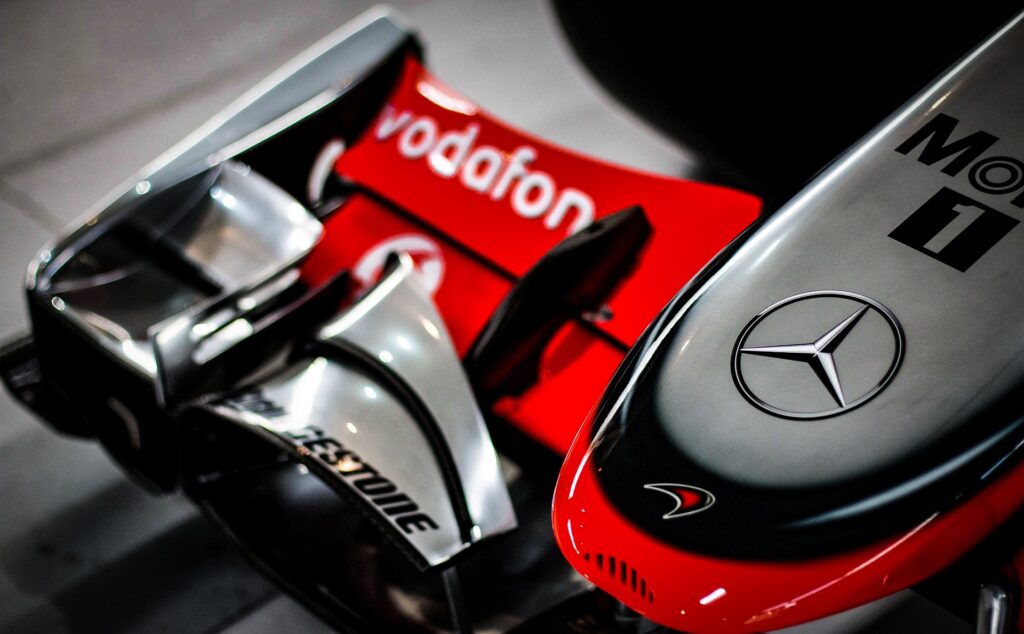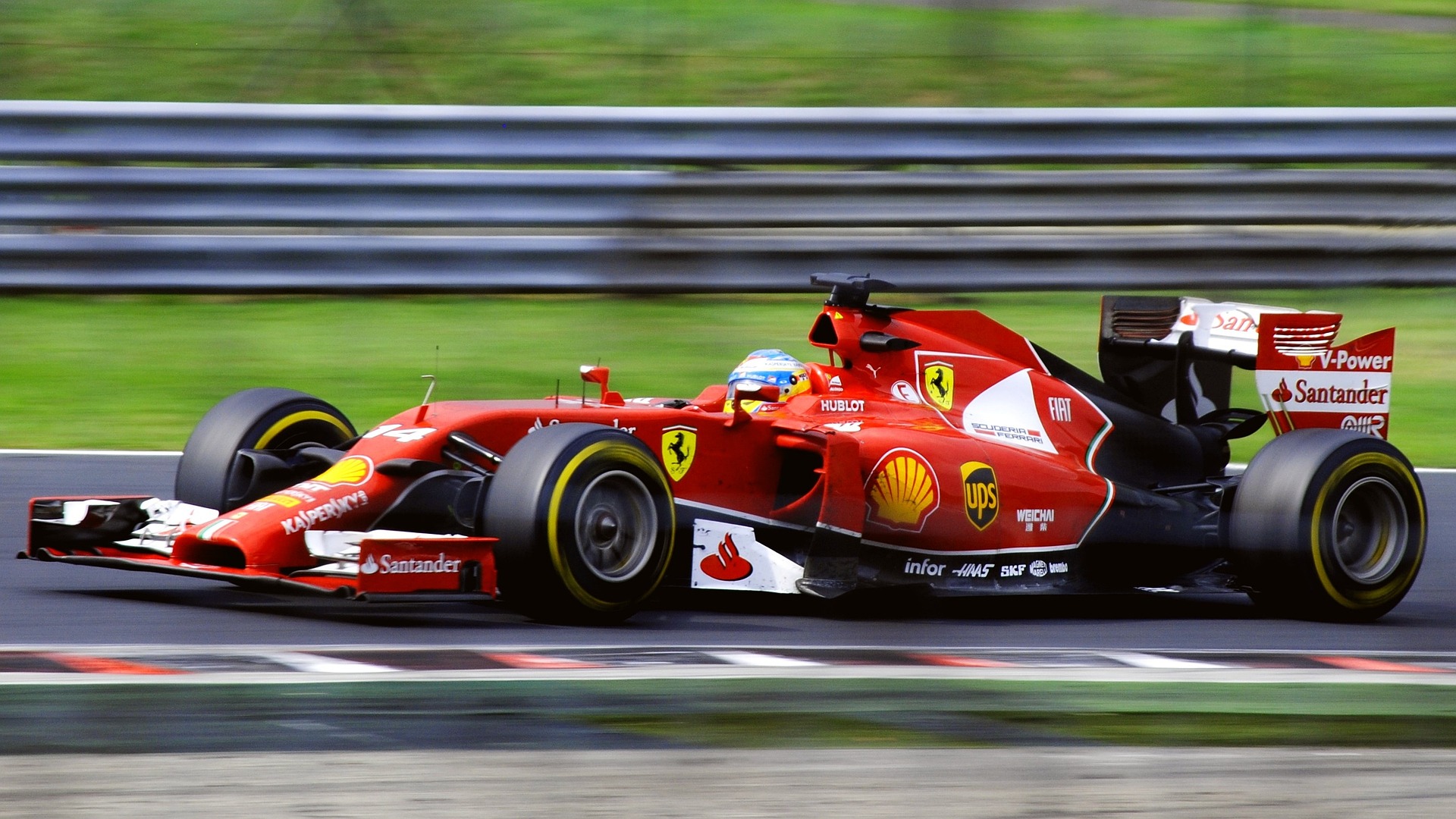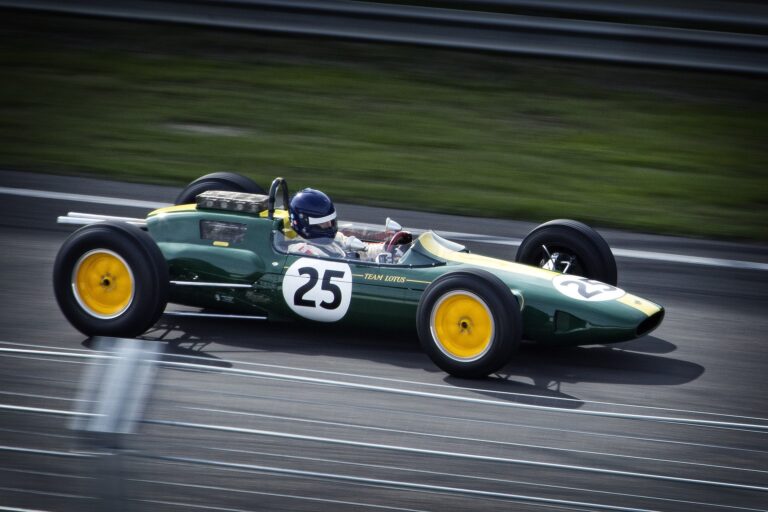Introduction to Formula One Racing
Formula One racing is the highest class of single-seater auto racing sanctioned by the Fédération Internationale de l’Automobile (FIA). The FIA Formula One World Championship has been one of the premier forms of racing around the world since its inaugural season in 1950. The word “formula” in the name refers to a set of rules that all participants’ cars must follow. A Formula One season consists of a series of races, known as Grands Prix (French for “grand prizes” or “great prizes”), which are held worldwide on purpose-built circuits and public roads.
History of Formula One Racing
Formula One racing is a motor sport that is widely considered to be the pinnacle of technological achievement and sporting excellence. The cars are purpose-built, high-performance machines that have been designed and developed specifically for racing.
The drivers are some of the best in the world, and the level of competition is incredibly high. Formula One races are held on circuits all over the world, and each race attracts huge crowds of spectators.
Formula One racing has a long and illustrious history, dating back to the early days of motor sport. The first ever Formula One race was held in 1950, and since then there have been many great drivers and teams who have graced the track.
Today, Formula One is more popular than ever, with tens of millions of fans around the world tuning in to watch the races.If you’re new to Formula One, or if you’re just curious about what it’s all about, then this article is for you
How is Formula One Racing Different from Other Motorsports?
Formula One racing is the highest class of single-seater auto racing sanctioned by the Fédération Internationale de l’Automobile (FIA). The FIA Formula One World Championship has been one of the premier forms of racing around the world since its inaugural season in 1950. Formula One cars are the fastest road racing cars in the world, thanks to a combination of powerful engines, light weight, and aerodynamic design.
The constructors’ championship is awarded to the team that scores the most points over the course of a season. A team’s total is calculated by adding together the number of points scored by each of its drivers across all races.
What is the Formula One Racing Schedule?
The Formula One racing schedule is a grueling one, with races held all over the world over the course of nine months. The schedule typically kicks off in early March with the Australian Grand Prix, followed by races in Bahrain, China, Azerbaijan, Spain, Monaco, Canada, France, Austria, Britain, Hungary, Belgium, Italy, Singapore, Russia, Japan, Mexico and the United States. The season then comes to a close with the Abu Dhabi Grand Prix in late November.

How to Become a Formula One Racing Driver?
How to become a Formula One racing driver? This is a question that will be asked by many young petrol heads. After all, what could be cooler than hurtling around a track at amazing speeds in ultra-fast cars? The answer, unfortunately, is not as straightforward as you might think.
In order to become a professional Formula One driver, you need to firstly compete in lower-tier racing series and prove your talent behind the wheel. Once you have done this, you can then try to secure a drive with one of the teams that compete in Formula One.
Of course, it is not just as simple as turning up and driving fast. You need to be extremely fit and have reactions that are razor sharp. You also need to be able to work closely with your team and make split-second decisions when racing at high speeds.
If you think you have what it takes to become a Formula One driver, then read on for more information about how you can make your dream a reality.
What is the Cost of Formula One Racing?
The cost of Formula One racing varies depending on the team, the car, and the budget. There are three main cost categories in Formula One racing: driver’s salary, car construction, and team operations.
The driver’s salary is by far the largest cost for any team. The top drivers in Formula One can earn up to $30 million per year. The next largest category is car construction. A typical Formula One car costs about $5 million to build. The final cost category is team operations. This includes the costs of running the team’s factory, hiring staff, travel, and more. It can cost a team up to $100 million per year to operate.


